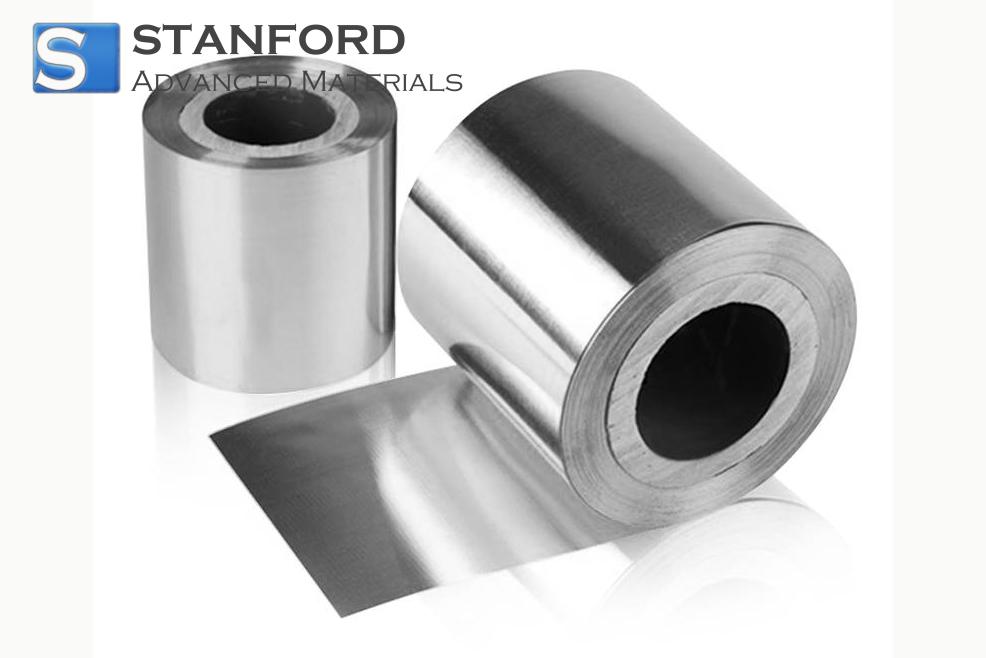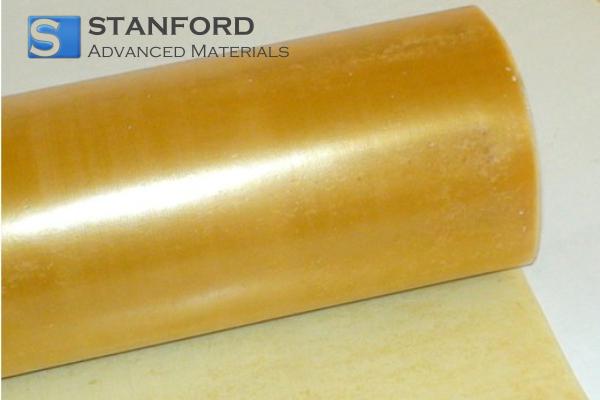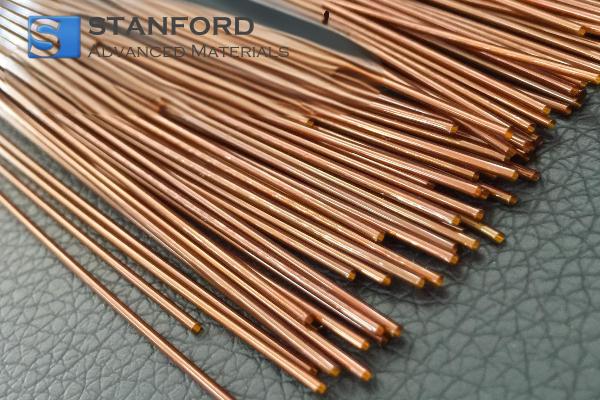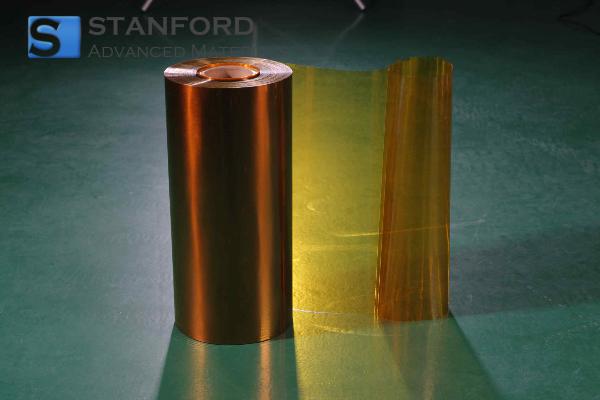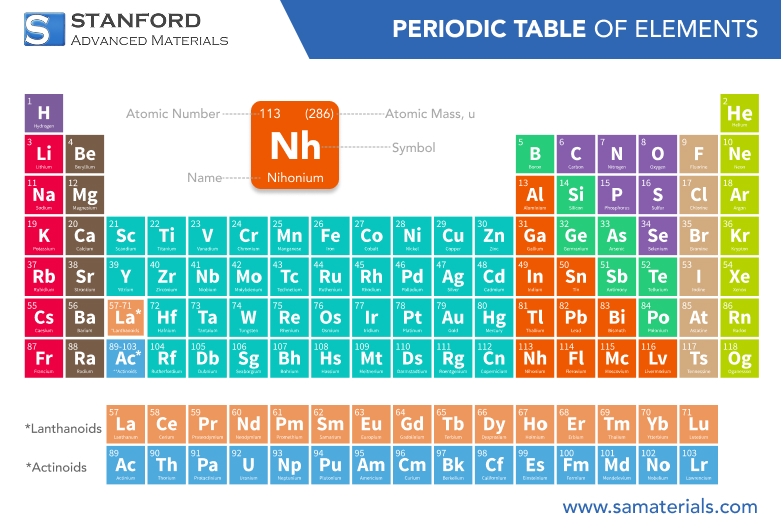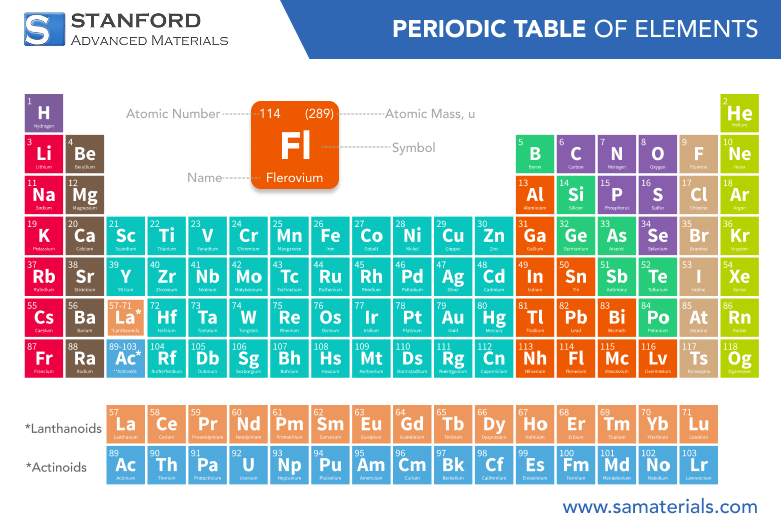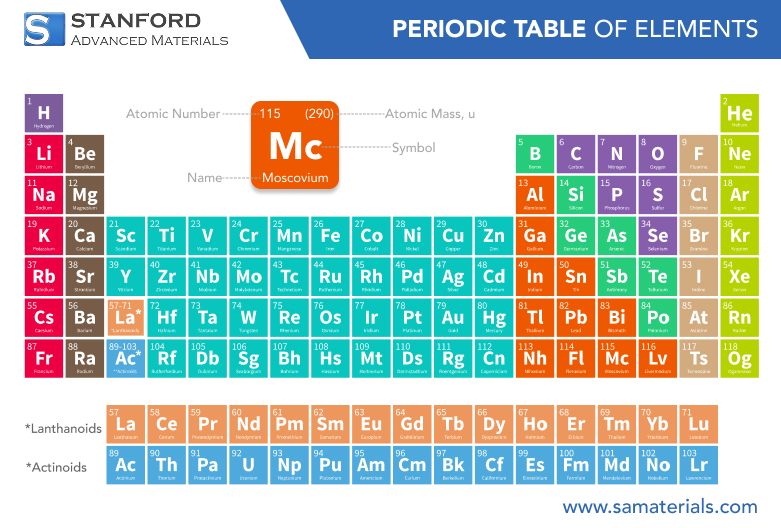Zinc: Element Properties and Uses
Description
Zinc (Zn) is a metallic element with atomic number 30, known for its anti-corrosive properties and essential role in biology. It is widely used in galvanization, alloys, and batteries, as well as in enzymes and human health.
Introduction to the Element
Zinc (Zn) is a chemical element with the atomic number 30 and is a member of the transition metals group in the periodic table. It is a bluish-white, lustrous metal known for its corrosion resistance. Zinc is an essential trace element in the human body and is widely used in various industries, such as construction, automotive, and electronics.
The element is often extracted from ores like sphalerite (zinc blende) and is known for its role in galvanization—the process of coating iron or steel to prevent rust. Zinc plays a vital role in biological processes, including immune system function, cell division, and enzyme activity.
Chemical Properties Description
Zinc exhibits several interesting chemical properties, making it useful in a wide range of reactions. It reacts with acids to release hydrogen gas and forms salts with various acids, including zinc sulfate and zinc chloride. It is amphoteric, meaning it can react both as an acid and a base.
Zinc also undergoes oxidation, which is the basis for its use in galvanization. When exposed to air, zinc forms a protective layer of zinc carbonate, which prevents further corrosion of the metal. This unique property makes zinc highly valuable for applications requiring corrosion resistance, such as in roofing materials, car bodies, and outdoor structures.
Physical Properties
Zinc has several physical properties that make it suitable for various industrial applications. Below is a table highlighting key physical properties of zinc:
Property | Value |
Atomic Number | 30 |
Density | 7.14 g/cm³ |
419.5°C | |
Boiling Point | 907°C |
Color | Bluish-white |
Conductivity | Moderate electrical conductor |
Hardness | Soft to moderate |
Malleability | High (can be hammered into sheets) |
For more information, please check Stanford Advanced Materials (SAM).
Common Uses of Zinc
Zinc is used in a wide variety of products and industries due to its versatility and corrosion resistance. Below are some of its primary applications:
- Galvanization: Zinc is most commonly used for galvanizing iron and steel to prevent rusting. This is especially important in industries like construction and automotive.
- Alloys: Zinc is used in the production of various alloys, most notably brass (a combination of zinc and copper), which is used for plumbing fixtures, musical instruments, and coins.
- Batteries: Zinc is a key component in dry cell batteries, such as the alkaline batteries used in everyday electronics.
- Agriculture: Zinc is an essential micronutrient for plants and is often used in fertilizers.
- Cosmetics and Pharmaceuticals: Zinc oxide is used in sunscreens, ointments, and lotions due to its skin-healing properties.
Preparation Methods
Zinc is primarily extracted from its ores, particularly sphalerite, a zinc sulfide mineral. The extraction process involves several steps:
- Roasting: The zinc ore is heated in the presence of oxygen to convert it into zinc oxide.
- Reduction: The zinc oxide is then reduced to zinc metal using carbon (in the form of coke) or other reducing agents, producing zinc vapor that condenses into solid zinc.
In addition to extraction from ores, zinc can also be produced by recycling scrap metal.
Frequently Asked Questions
What is the primary use of zinc?
Zinc is primarily used for galvanizing iron and steel to prevent rust. It is also used in alloys like brass, batteries, and agricultural fertilizers.
How is zinc extracted?
Zinc is extracted from its ores, mainly sphalerite, through roasting and reduction processes. The zinc oxide formed is reduced to zinc metal using carbon.
Is zinc harmful to humans?
While zinc is an essential element for human health, excessive exposure can be harmful. Ingesting too much zinc can lead to zinc toxicity, causing symptoms like nausea, vomiting, and abdominal pain.
Can zinc be recycled?
Yes, zinc can be effectively recycled. In fact, recycling zinc is an important part of its industrial use, especially in the production of galvanized steel and other zinc-based products.
What are the physical properties of zinc?
Zinc is a bluish-white metal with a density of 7.14 g/cm³, a melting point of 419.5°C, and a boiling point of 907°C. It is a moderate electrical conductor and is relatively malleable.

